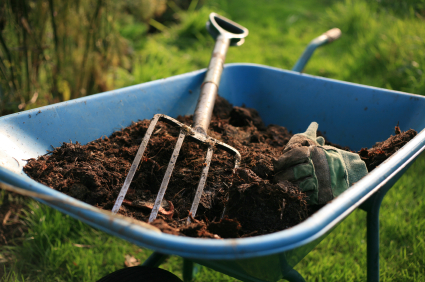If you’re thinking of redesigning your garden, you don’t necessarily have to hire a landscape gardener. However, for big gardens or work you can’t do yourself (or are nervous about doing to a high standard), getting in the experts is often a good idea. There’s no shame at all in doing some of it yourself and hiring the professionals to do the rest. Whatever you end up doing, it’s handy to have an idea of what to do and when.
Know what you’ve got to work with
Explore your garden from corner to corner – assess areas for shade and sunlight, decide what to keep (if anything) and what should be removed, and look at the garden from all angles, including back to the house in order to work out what needs to be added to soften/hide/smarten. You also need to establish what soil you have in order to know what to plant and where.
Make a plan of your existing garden
Draw up a plan of your garden, including measurements, aspect, boundaries, and any slopes or irregularities. Then draft some key points detailing the characteristics of your garden – what you love and hate, what you want to keep, change or remove completely, what you want to enhance, and so on. Not only will this help lay out your future garden, it will aid the crystallisation of your ideas.
Consider existing large plants
Every garden should contain some form of trees and large shrubs and bushes to serve as fillers, to encourage wildlife, and simply because they look lovely! If you don’t like them currently, any large plants your garden contains can be pruned or cut back. However, do ensure that you are not in a conservation area or that there isn’t an order to preserve your tree, something which is very possible if it is particularly old.
Draw up a budget
List everything that needs to be done and then figure out what you can do yourself and what you may have to hire gardeners for. Consider a site survey, consultation and design, site clearance, infrastructure works (including drainage, relocating manholes, etc.), and materials and labour for both hard and soft landscaping. Don’t forget any accessories you may want, such as furniture and lighting.
Clearing the garden
Whether you merely need to remove vegetation or have to knock down structures and pull up paving, some form of clearing will be necessary. Preparation is key so don’t overlook it or the final effect will be diminished and your new garden might not be as healthy as it should be.
Hard landscaping construction
Depending on your skill level, you could create edging for borders, lay gravel for paths, and possibly construct decking, but building walls, laying foundations, and ensuring there are no drainage issues might be best left to the professionals.
Soft landscaping planting
If you’ve planned this out well, you should know exactly what should be planted where but actually doing it is different to drawing it so ensure that you regularly stand back and assess your work. If you’re planting seeds it’s a good idea to stick markers in the soil so you know what will be coming up and when.
Journalist and copywriter Emily Buckley is a keen gardener and loves sharing hints and tips with her readers in articles such as this, one of a series written in conjunction with the mini excavator manufacturer Hitachi Construction Machinery.

